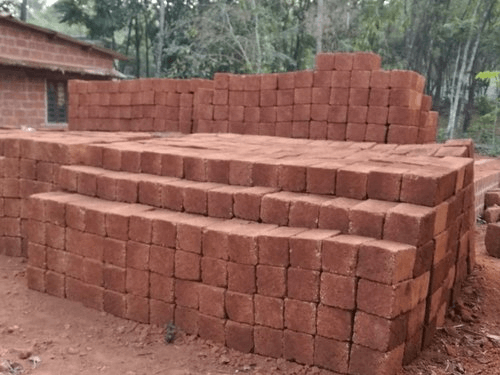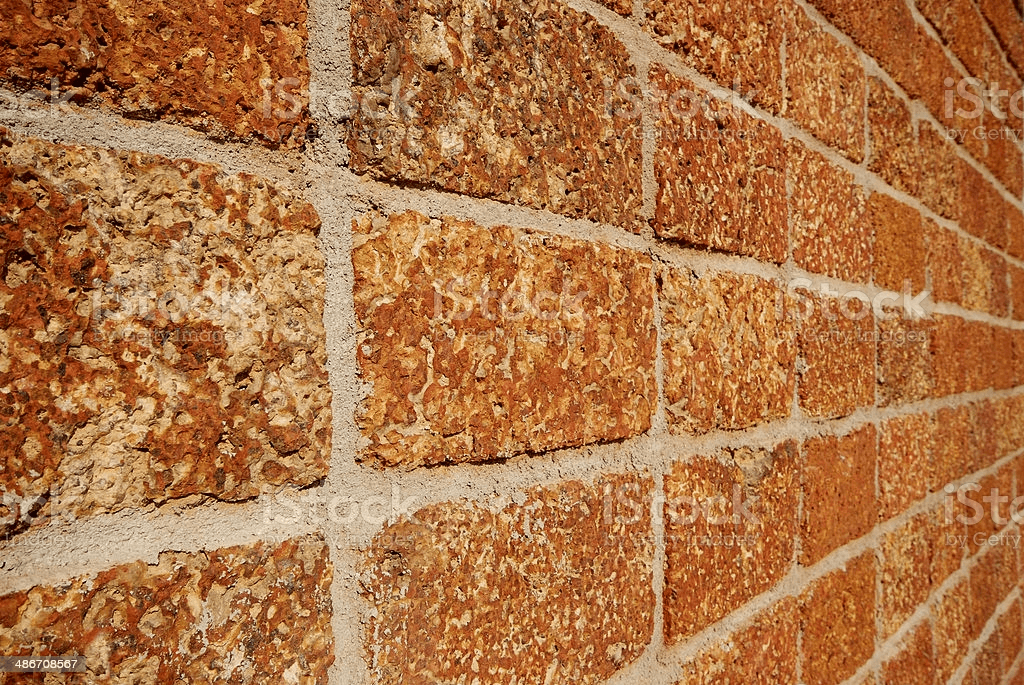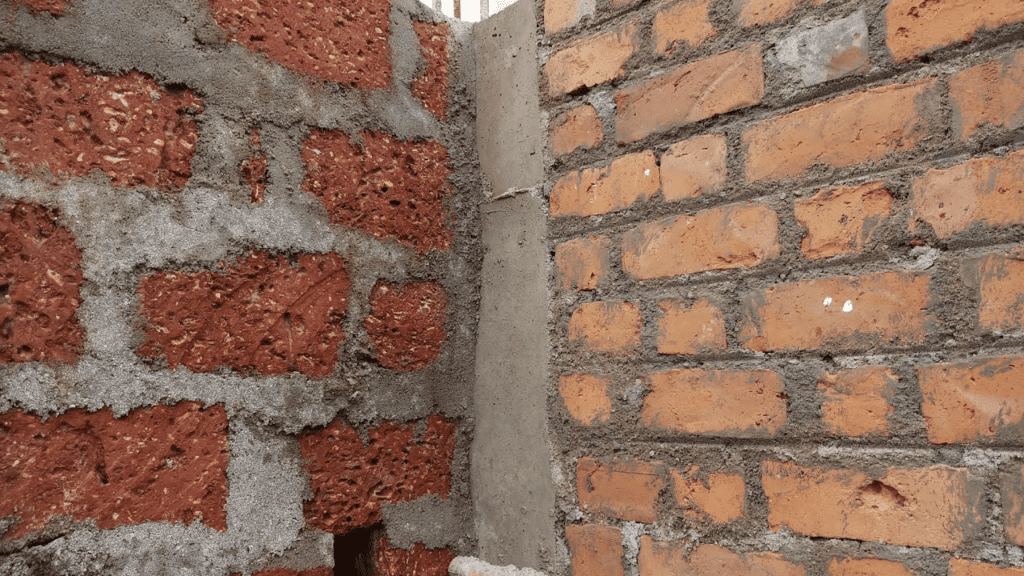The first step towards sustainability is to give importance to the local materials that are not just cost-effective but also eliminate the overall costs like transportation, saving energy, and protecting the environment.
One such material is Laterite which is found in hot and wet tropical regions in the form of soft rock composed of iron and aluminum oxides and due to weathering conditions, this rock hardens with time, and this hardened material is further cut and used as a stone or brick in the building construction by the name of laterite brick.

It is not widely popular today because it is a vernacular material of only a few regions and not a great choice of architects today, it is still considered as an old building material giving the same old touch to the building.
Laterite bricks are acquired from the mines of laterite crusts and then further they are converted into laterite stones manually or with machine cut method, for the tropical regions like Maharashtra, Kerala, and Assam these are considered as a vernacular material.
How Laterite Bricks are Extracted
Now let us see in brief the quarrying and making of laterite brick in recent years in brief:-
- The first step is to remove the topsoil and level the surface.
- The second step involves a powerful stone cutting machine, the process is started by defining a boundary on the edge of the rock after deciding the size required.
- The last step is to move the machine through these lines to cut the stone in desired depth.
- With the help of machine quarrying, the stone or bricks looks smoother and finished which used to be missing in the earlier process of manual quarrying.
- Price of a laterite brick ranges as per the quality and size but a general idea is as follows:-
First class laterite brick – Rs.25/- Rs. 35/-
Second class laterite brick – Rs. 18/- to Rs 25/-
- The standard size of the laterite brick obtained by this method is usually 300 x 200 x 150 mm.

Advantages and Disadvantages of Laterite Brick in Construction
Now let us see some advantages and disadvantages of laterite bricks to help us decide why or why not this is a good material for building construction:-
Advantages of Laterite Bricks
- Laterite bricks are natural stones so they have cooling properties hence they keep the home cool during summers which is a great benefit for hot regions.
- Due to its natural properties, laterite brick has good thermal insulation properties and they easily adapt ad adjust with the weather.
- As these are easily available in hot tropical regions so these are cost-effective as well.
- As these have a larger size than standard brick less number of bricks are required in the overall construction process which is an added advantage in the overall cost of construction.
- As these are mostly cast-in-situ they produce no greenhouse gas also helps in reducing the emission of carbon-di-oxide.
- As they are cut by a machine they are mostly uniform in sizes so further plastering of walls is optional, as they look clean and smooth without plastering as well.
- It can gain strength over a period of time due to weather conditions.

Disadvantages of Laterite Bricks
- Due to the availability in limited regions, they cannot be easily used everywhere.
- The biggest disadvantage of laterite brick is less strength they have 5-10 times less strength than a concrete brick which is why it is not suitable for high-rise construction but only small-scale masonry works.
- It gives a rustic look to the building which might look low-standard and cheap to some people.
- They are not much suitable for modern buildings designs today not just because of their strength but also because as they are considered ancient building-making materials.
- Laterite bricks are prone to absorb water so during heavy rainfall we cannot predict the structural failure of the building.
- They are overall high maintenance and not a choice for the modern building techniques and modern aesthetics of the buildings.
Comparison of Walls With Red brick and Laterite
Though they might not have much difference as a raw wall but a great difference in terms of strength, aesthetics, and durability of the structure.
Hence laterite bricks can only be used at certain places with certain methods, processes, and budget of the construction and because of their poor strength they cannot be a choice for modern buildings today but yes these can still be used vernacularly for small scale residential constructions.

Even though laterite brick might not be very good in strength but it is a natural material and it should not be forgotten.
Home owners who want to achieve their same old vernacular look of laterite bricks can contact the builders and with the blend of some modern techniques of construction a more durable and aesthetically pleasing home can be achieved with laterite brick as well.
– Asmita Madan
 (+91) 7249196273
(+91) 7249196273
